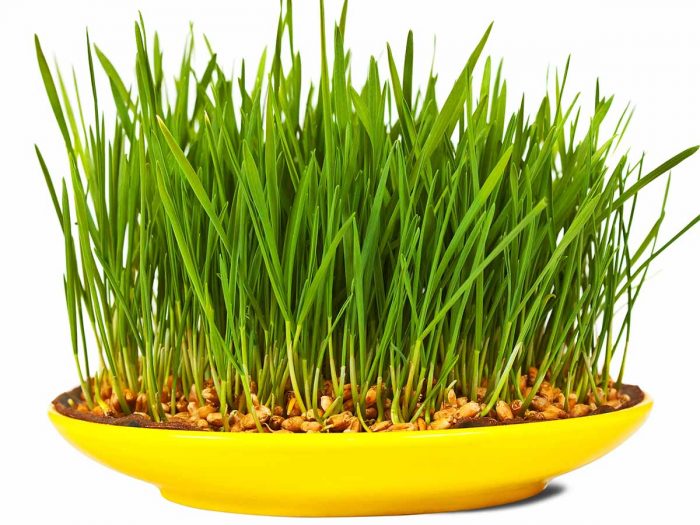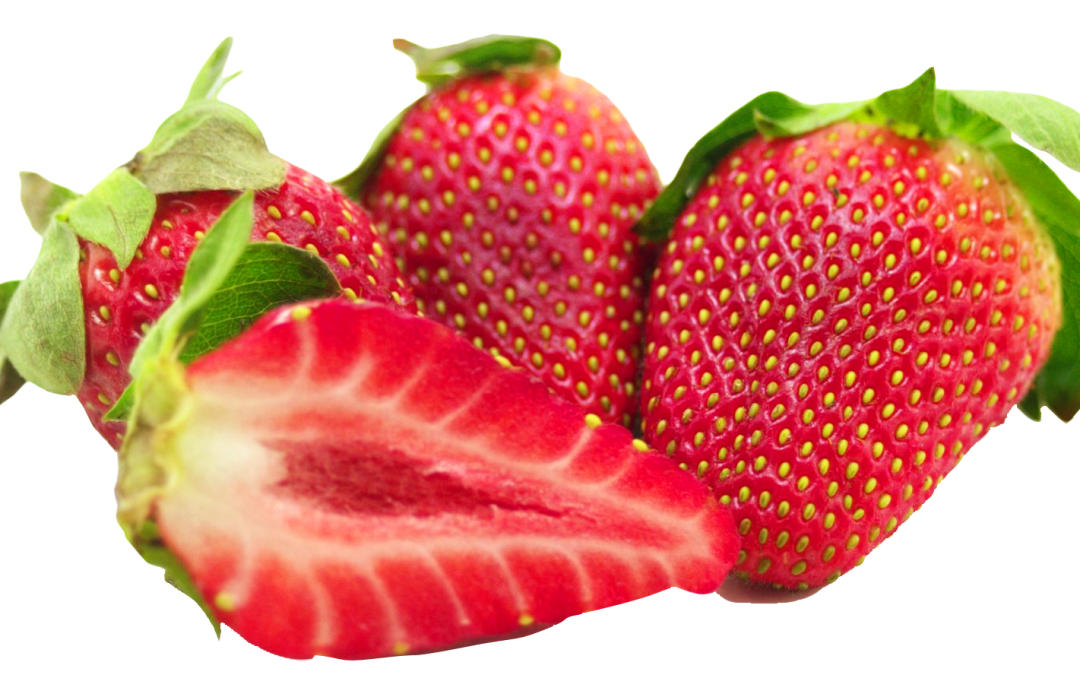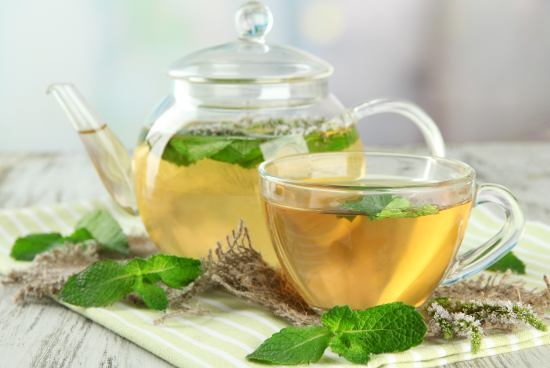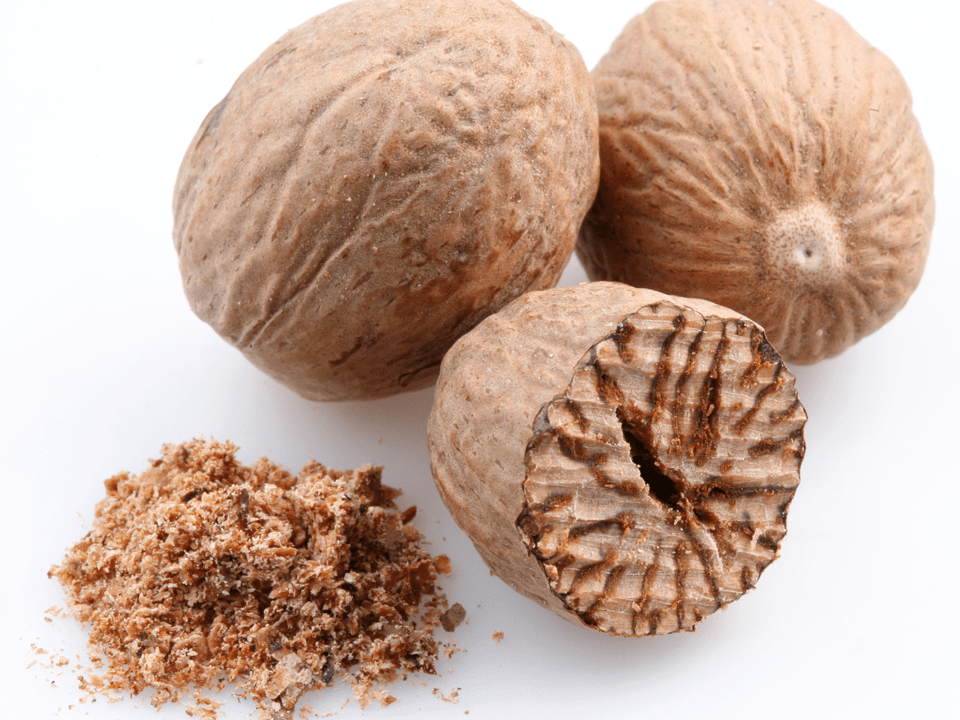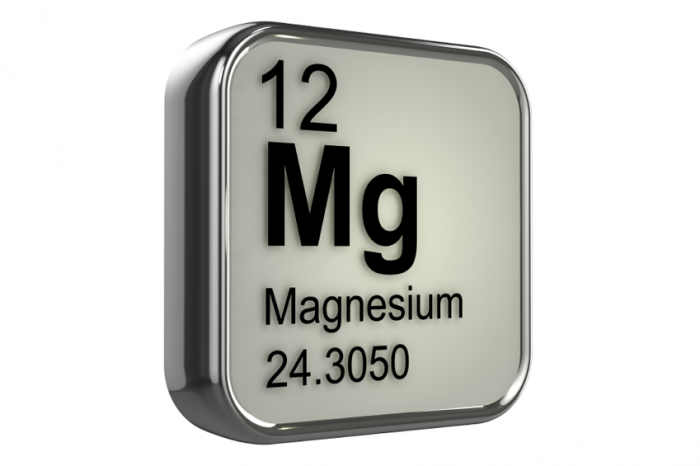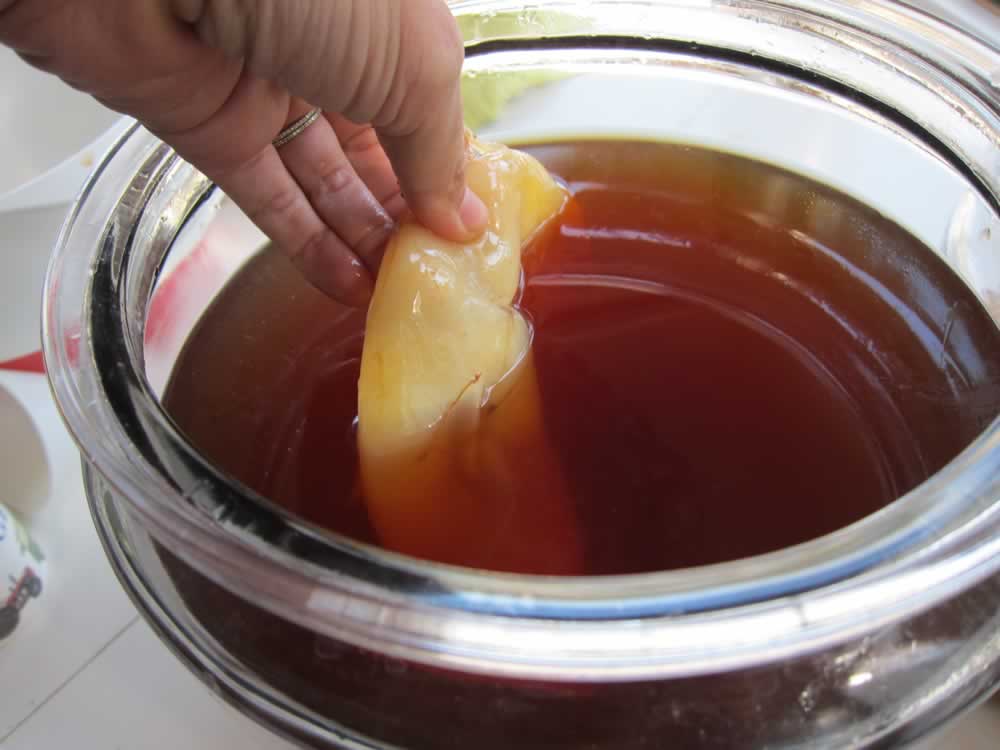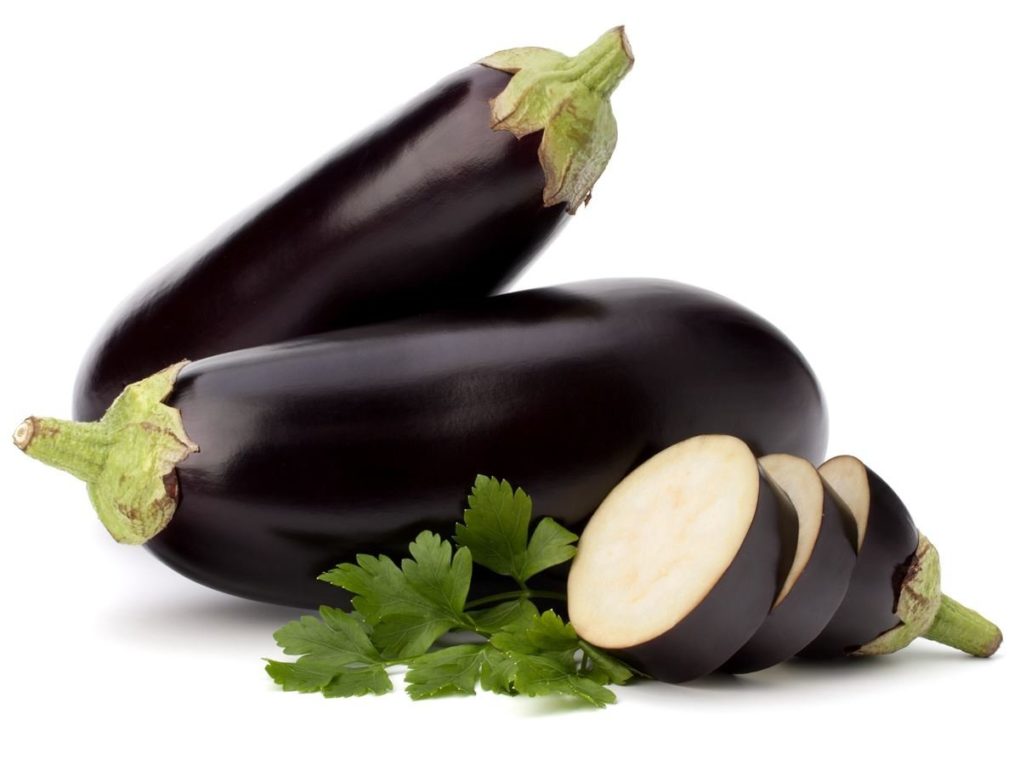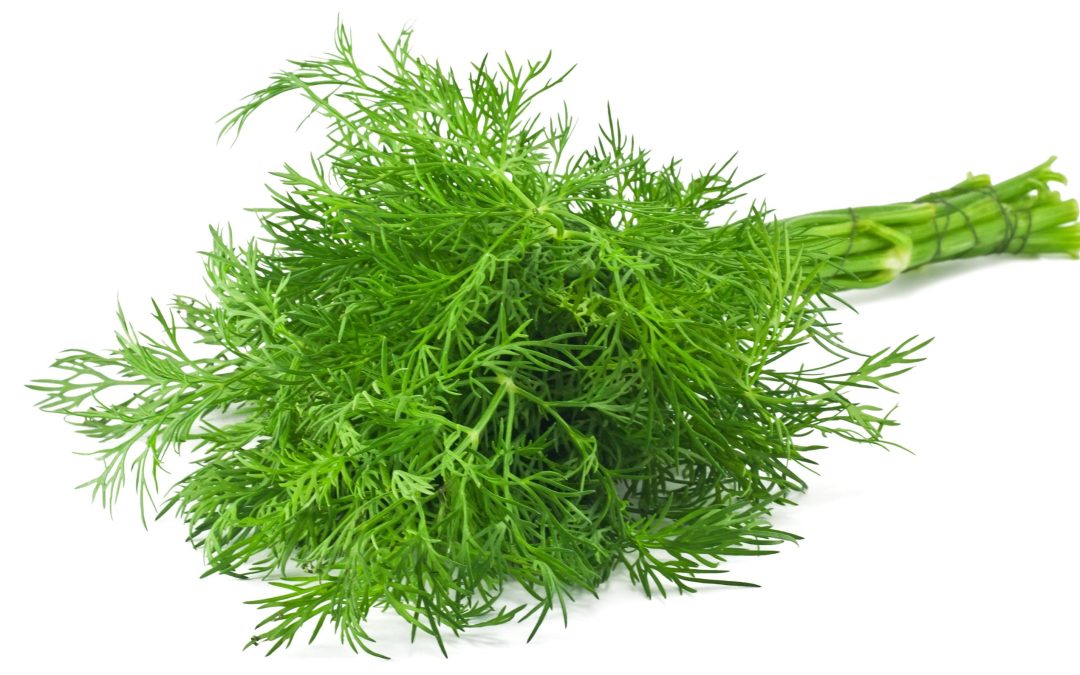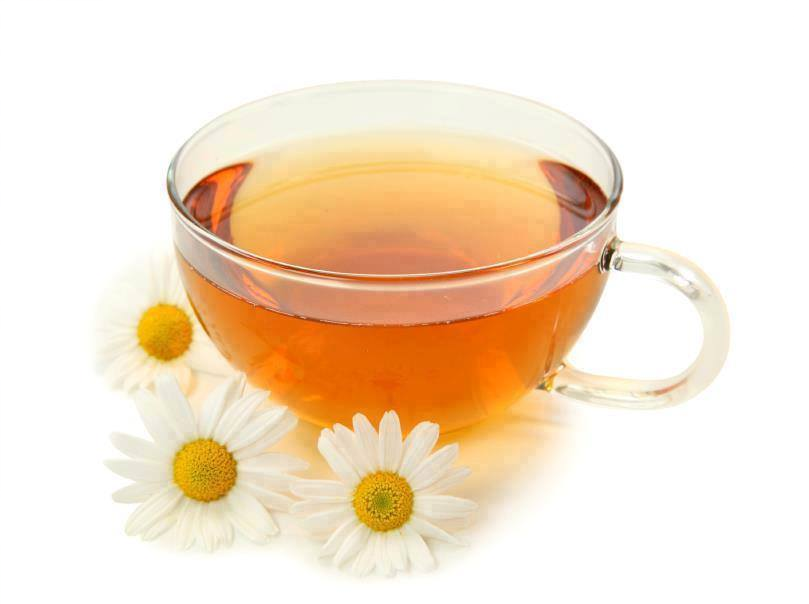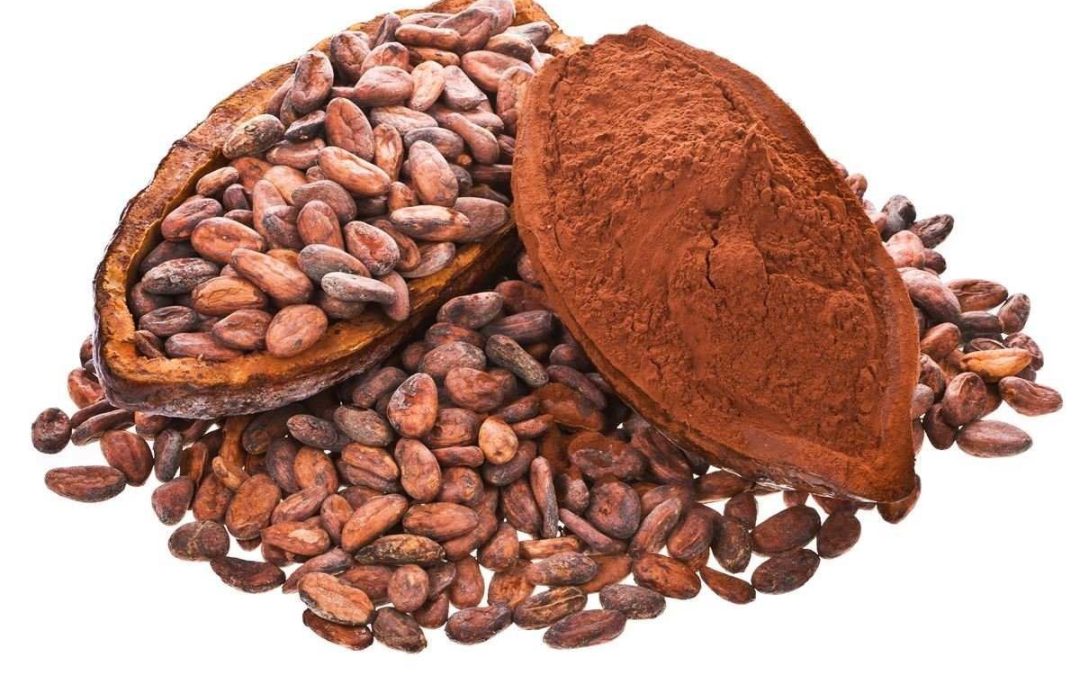Honey has been used by countless cultures all around the world over the past 2,500 years. While the numerous health benefits of honey have made it an important element of traditional medicines such as Ayurvedic treatments, scientists are also researching the benefits in relation to modern medicine, particularly in the healing of wounds.
It is known as Honig in German, Miele in Italian, Shahad in Hindi, Miel in French and Spanish, Mel in Portuguese, мед in Russian, Honing in Dutch, and μελι in Greek; there is almost no part in the world where honey is not widely used and celebrated as a part of the cultural diet.
But what makes honey so popular? Most likely, it is the ease with which it can be consumed. One can eat it directly, put it on bread like a jam, mix it with juice or any drink instead of sugar, or mix it with warm water, lime juice, cinnamon, and other herbs to make a medicine. It is savoured by all due to its taste as well as health benefits, making it extremely useful and versatile.
Health Benefits of Honey
Its benefits include the following treatments, taken from both traditional and modern medical experts.
Healthy Sweetener
It can be used as a substitute for sugar in many foods and drinks. It contains about 69% glucose and fructose, enabling it to be used as a sweetener which is far better for your overall health than normal white sugar.
Weight Loss
Though it has more calories than sugar when consumed with warm water, honey helps in digesting the fat stored in your body. Similarly, honey with lemon juice or cinnamon helps in reducing weight.
Boosts Energy
According to the USDA, honey contains about 64 calories per tablespoon. Therefore, it is used by many people as a source of energy. On the other hand, one tablespoon of sugar will give you about 15 calories. Furthermore, the carbohydrates in it can be easily converted into glucose, since it is very simple for the body to digest this pure and natural substance.
Improves Athletic Performance
Recent research has shown that honey is an excellent ergogenic aid and helps in boosting the performance of athletes. It is a great way to maintain blood sugar levels, muscle recuperation, and glycogen restoration after a workout, as well as regulate the amount of insulin in the body.
Rich in Vitamins & Minerals
It contains a variety of vitamins and minerals. The type of vitamins and minerals and their quantity depends on the type of flowers used for apiculture. Commonly, honey contains vitamin C, calcium, and iron. If you check the vitamin and mineral content in regular sugar from any other source, you will find it completely insignificant.
Antiseptic Property
It has anti-bacterial and anti-fungal properties, so it is often used as a natural antiseptic in traditional medicines.
Antioxidant Properties
It contains nutraceuticals, which are very effective for the removal of free radicals from the body. As a result, our body’s immunity is improved against many conditions, even potentially fatal ones like cancer or heart diseases.
Speeds Wound Healing
Significant research is being carried out to study its benefits in the treatment of wounds and the Nursing Standard explains some of these benefits in wound management in the document. These have been listed below:
- Honey possesses antimicrobial properties.
- It helps in promoting autolytic debridement.
- It deodorizes malodorous wounds.
- It speeds up the healing process by stimulating wound tissues.
- It helps in initiating the healing process in dormant wounds.
- It also helps in promoting moist wound healing.
These healing powers are not overstated. The Waikato Honey Research Unit provides details about the worldwide research that is being carried out on the benefits of honey in medicine. Furthermore, BBC reported in July of 2006 that doctors at the Christie Hospital in Didsbury, Manchester are planning to use it for faster recovery of cancer patients after surgery. Such research will provide scientific evidence for the beliefs held by honey lovers all over the world and will help in propagating the benefits to more people.
Now that you know the benefits of honey, how do you eat it? You can eat it raw, add it to water or different beverages, and you can also add it to several recipes.
Factors Governing the Benefits of Honey
Not all honey is created equally, so the quality is different. Both the price and the health benefits of honey are dependent on its quality, so it has become very important for the manufacturers and consumers to understand the various factors that affect the quality of honey. Some of these factors include the type of flowers used in the formation of the honeycombs, the blending process, storage conditions, the temperature of heating, and more. These factors have been explained below in more detail
Type of flowers: According to the Honey Research Center at the University of Waikato, New Zealand, there is not enough evidence to draw conclusions on the properties of honey, especially the antimicrobial properties, based on the type of flowers used for its production. However, extensive research has been carried out on the honeydew variety obtained from the conifer forests in the central European mountains and the manuka variety obtained from New Zealand. The above-mentioned honeydew kind has been found to have a high microbial activity while manuka kind has been found to have high non-peroxide activity.
Blending: It is also believed that polyfloral honey (which is obtained from more than one flower) provides more benefits than monofloral. Hence, many companies sell blended honey as it offers the benefits from a variety and is, therefore, considered to be healthier than non-blended one.
Storage: When stored for a long duration, it becomes darker in color. It loses some of its properties and may also ferment if the water content is too high. Therefore, prolonged storage should be avoided, while newly harvested honey should be preferred.
Heating: Heating honey leads to drastic changes in its chemical composition. As a result, heating at high temperatures reduces its benefits. No wonder many people prefer raw, organic or raw organic honey. While raw by definition signifies less processing (and no heating), organic honey is prepared using stringent organic production methods and processing standards, in which heating at high temperatures is not allowed.
Water Content: Honey can also undergo fermentation. If the water content is high (above 19%), the chances of it becoming fermented are high. You can measure the water content using a refractometer. Furthermore, freely flowing honey either contains higher water content or has been heated to disturb the natural crystallization process, thereby reducing the benefits it will confer to you.
Colour: The colour is a very useful tool to judge its quality. Light coloured honey is more valued than dark coloured as the former has a delicate flavour. It becomes darker upon storing and heating.
Filtration: Most of the benefits are due to the presence of the pollen within the honey. Without the pollen, it is a glucose-fructose solution and is just as bad for you as sugar. Unfortunately, companies market the transparent clear product as good quality, while in reality, ultra-filtered honey does not have many health benefits at all. That being said, you should be very cautious while consuming pollen-rich honey. If you have a pollen allergy, avoid consuming it.
What is Organic Honey?
Some people have the opinion that all honey available in the market is natural and obtained from the wild. Others feel that during its production carried out on chemically sprayed farms it can get contaminated with the pesticides sprayed on the crops and weeds.
However, the truth is that the bees may also get affected by the extensive pesticide usage which goes on in the chemically treated farms. This issue is so severe that the Russian president, Vladimir Putin, warned Barack Obama in May 2013 that if the excessive use of pesticides is not reduced, it could lead to a globally volatile situation as the bee population throughout the world may become more and more affected. If pesticides can kill the bees, how can they not affect the honey produced by these bees? Moreover, non-organic production involves antibiotics for controlling diseases. It should also be noted that so far, there is no scientific proof that organic honey is healthier than non-organic.
Then why should you eat organic honey? Well, many people prefer to be cautious. Most of our decisions are based on our beliefs and conscience. Since organic production involves following stringent guidelines, people feel secure when they eat organic type as compared to when they eat non-organic. Given below are some of the ways in which pesticide and antibiotic contamination of honey can take place:
Contamination of Honey
It can be contaminated with the pesticides sprayed on crops through one or more of the following ways:
- In some cases, when the plants and weeds containing flowers have been sprayed with pesticides, the bees are poisoned too.
- At times, the pesticide is sprayed on the bees directly.
- In many cases, the bees collect nectar and pollen that has been contaminated with pesticides.
- When pesticides are sprayed, part of the amount is accumulated in the water on or near the plants. When the bees drink this water, they are also affected.
- On some occasions, the pesticide gets sprayed on the beehives or gets transported to it from the sprayed plants.
Residues of Antibiotics
Conventional bees are given large doses of antibiotics to protect them from diseases, but unfortunately, the honey also becomes contaminated with these antibiotics. In 2002, samples of Chinese honey were tested for the presence of antibiotics in Europe. Several samples were found to contain traces of antibiotics, which led to a ban on the imports of Chinese honey in Europe. The ban was later removed in 2004 due to improvements in Chinese veterinary standards and imports of honey from China were resumed.
What leads to this antibiotics contamination? Unlike organic production, conventional honey production does not involve stringent guidelines for the quantity and mode of transmission of antibiotics to the bees. As a result, apiculturists have a free hand when using these antibiotics. When farmers use excessive quantities of antibiotics the chance of contamination increases.
What is the problem with residues of antibiotics being found in honey? The antibiotics given to the bees are veterinary antibiotics such as chloramphenicol, streptomycin, and sulfonamides. Large doses of chloramphenicol administered into the human beings may cause cancer and aplastic anemia. Similarly, high doses of streptomycin and sulfonamides are harmful too.
Many countries have not banned the use of these harmful drugs in apiculture. The EU has banned all three while the US has only banned chloramphenicol till date.
Honey FAQs
Where to buy raw honey?
You can buy raw honey at grocery and health food stores. Local farmers markets are also great places to pick it up. Large big-box stores such as Walmart and Target are also reliable places to find raw honey. Since it can be locally produced, you can find this beneficial product at co-ops around the world.
Where to buy local honey?
The best places to find raw honey are in the local neighborhood near you. As a cottage industry that has gotten a major boost in recent years, local farmers markets and co-ops always have raw honey for sale. You can also go to larger stores and chains, which have seen the trend and gotten on board. Try everything from small health foods stores to major big-box brands, such as Target and Walmart.
What does honey do for your body?
Honey does a number of things for the body, including strengthening the immune system, healing wounds, and burns, preventing infections, soothing inflammation in the respiratory system, eliminating coughs and colds, balancing blood sugar, and increasing athletic stamina. There are many minerals and nutrients in it, which is why it has become an important staple in our diet.
What are the health benefits of honey?
The health benefits of honey are quite impressive, and since it is such a concentrated source of nutrients, it can be added to different meals. Honey is able to monitor blood sugar levels, increase energy in a healthy and sustainable way, soothe inflammation throughout the body, protect heart health, and speed the healing process of wounds, and prevent infections.
What does honey contain?
Honey contains a number of minerals and vitamins, including vitamin A, vitamin C, iron, and calcium. There are also important antioxidants, such as flavonoids and alkaloids. There are trace amounts of more than 15 amino acids found in honey!
Where to buy honey?
The best places to buy honey are local farmers’ markets, grocery stores, and medical stores. Many people make their own honey and it can help relieve allergies if you eat honey that contains some of the pollen from where you live. It can help your system become accustomed and not react as quickly!
Is pure honey good for you?
Yes, pure honey is very good for you. Although it is high in sugar, there are numerous antioxidants and organic compounds that make it well worth consuming. Also, pure honey is unprocessed, which you won’t find in many of the major labels and brands of honey. Locally produced honey, otherwise known as raw honey, is the healthiest type of honey you could possibly buy.
Is organic honey good for you?
Organic honey is indeed good for health. It is unprocessed, so it retains all the minerals and antioxidants, which is what you want. If you process honey, very often you’re only left with sugar, which is the worst part of honey!
What makes honey organic?
Honey is considered organic when it is locally grown and not processed. Organic honey, also known as “raw” honey, does not contain any pesticides or environmental pollutants. Since it does not go through the traditional process for safety, these standards are upheld for honey to be considered organic. Also, non-organic sugar or antibiotics are not used at any point in “organic honey”.
Honey vs. Sugar Digestion
Honey and sugar are both carbohydrates. Although all carbs technically contain sugar units as their building blocks, the term “sugar” commonly refers to sucrose, or table sugar. As carbs, honey and table sugar share the main role of supplying energy to your body, with a net yield of 4 calories per gram. They may differ in their structure and digestion, but they are similar in the way your body absorbs and uses them for energy.
Both honey and sugar are comprised of roughly equal amounts of glucose and fructose. The main difference is that with honey, the two molecules are separate and not bound together—honey is comprised of primarily monosaccharides (mono meaning one, saccharide meaning sugar, basically). Sugar is comprised of primarily a disaccharide (di meaning two types of sugars, joined together), which is sucrose. Sucrose has the same glucose and fructose that you find in honey, but the two are chemically bound together.
Sugar Basics
The Britannica Encyclopedia defines sugar as any sweet, water-soluble, colorless compound found in the juice of seed plants and the milk of mammals. It belongs to the category of simple carbs, which, by definition, contain one or two sugar units. Sucrose is the most common form of sugar and combines equal proportions of glucose and fructose. In sucrose, a tight chemical bond links glucose and fructose to form a disaccharide, or two-unit sugar. Sugar cane and beets are the richest natural sources of sucrose. According to the Colorado State University Extension, 1 teaspoon of table sugar contains 16 calories.
Honey Basics
Honey is a viscous water-soluble liquid food with a sweet taste. It has an ancient history of use as a sweetener and traditional medicine. Although it also contains fructose and glucose, they occur in unequal proportions and are not linked. That’s because, during the honey-making process, bees add some enzymes to the nectar of flowers. These enzymes cleave the sucrose content of honey to produce distinct units of glucose and fructose. The University of Arizona College of Agriculture and Life Sciences estimates that honey consists of about 38.2 and 31 percent of fructose and glucose, respectively. According to the Colorado State University Extension, 1 teaspoon of honey contains 22 calories. Honey also provides vitamins and healthful plant chemicals.
Sugar Digestion
Table sugar digestion does not start until it reaches your small bowel, where the appropriate enzyme is located. In your bowel, the enzyme sucrase facilitates the breakdown, or digestion of sucrose into glucose and fructose. The cells that line your gut then absorb free fructose and glucose molecules. Once they enter your bloodstream, glucose molecules travel to various organs, where they can directly meet energy needs. By contrast, your liver and small intestine must first convert fructose molecules into glucose to make them usable as fuel sources.
Honey Digestion
Since its constituent glucose and fructose molecules are not linked, honey does not require enzyme digestion. Once it reaches your small bowel, however, absorption occurs in the same way as with digested sucrose. That’s because your body does not distinguish between glucose or fructose molecules that came from honey and table sugar. As with sucrose-derived fructose, your liver or small intestine must first convert any fructose in honey into glucose before it can meet energy needs. By contrast, the glucose in honey provides an immediate fuel source.
To Sum It Up
Your body ultimately doesn’t see any difference between the sugars from honey, and from cane sugar. So, say what you want about how terrible sugar is for you, but you have to acknowledge that the sugar in honey is essentially the same thing as far as your body is concerned. It all ends up being the same nutrients in the end—glucose that serves as your primary cellular fuel source to supply your body with energy.
FOR THIS REASON, it is advised that you NOT overuse honey, and whilst our preference for a ‘sweetener’ is raw organic honey – as with everything in life it must be used in MODERATION.
We recommend only THREE teaspoons in TOTAL be used daily. So, if you are sweetening your herbal teas with honey, be sure to spread the recommended amount out over the duration of the day. Do be careful if you have cancer, it is necessary that the body has glucose for fuel, so choose your honey carefully – the darker the better and again, use in MODERATION.




